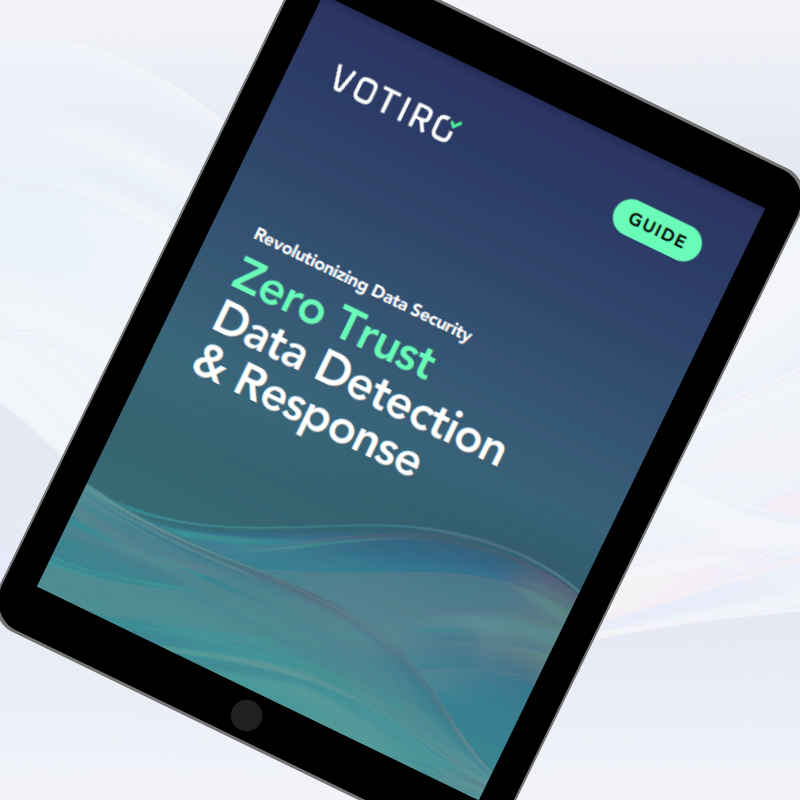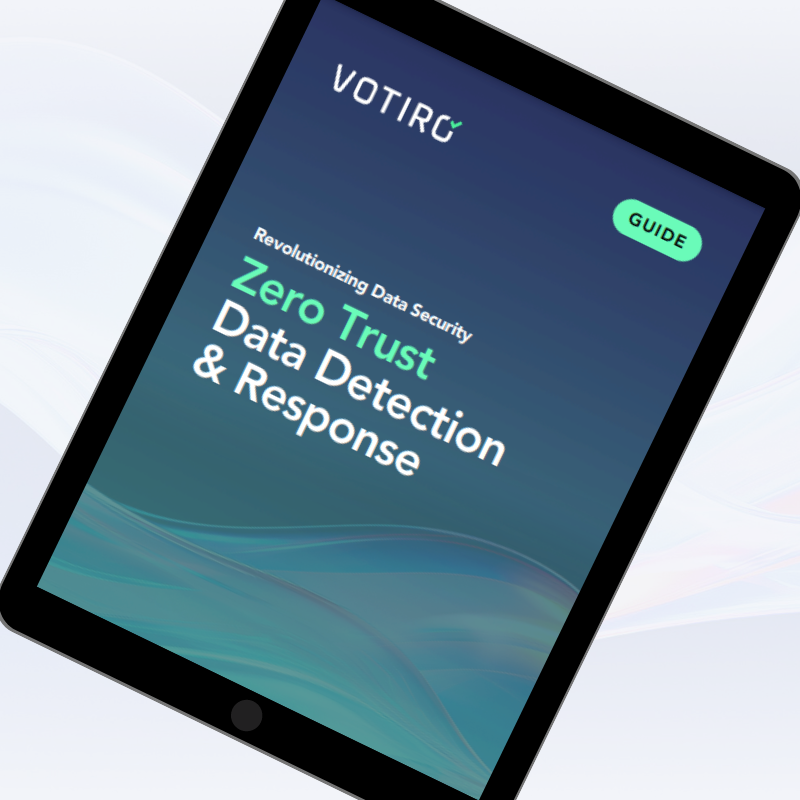
This guide delves into data security challenges, exploring the need for a proactive and comprehensive approach to safeguard personal identifiable information (PII) and other sensitive content as it flows into and throughout an organization.
What’s Inside the Data Detection and Response (DDR) Guide:
The Evolving Threat Landscape
We explore the challenges in modern data security, such as generative AI, PII compliance, shadow IT, and unstructured data, and how traditional tools struggle to keep up.
AI and Malware
Learn how AI is used to modify malware, creating unique threats that are harder to detect and counter.
Protecting Data In Motion
Discover the challenges of securing sensitive data in real-time, beyond just compliance concerns.
Compliance and Privacy
Explore major compliance and privacy regulations, like GDPR, CCPA, PDPA, and Australia’s Privacy Act 1988, that complicate data security.
Support Innovation without Sacrificing Security
Learn about practical methods for proactive security, addressing obstacles like collaboration platforms, tech stack fragmentation, and DSPM integration.
Benefits of Zero Trust DDR
Zero Trust DDR offers a strong defense against breaches and threats, integrating advanced technology with strategic processes to enhance security and reduce redundancies.
Download The Guide to Zero Trust Data Detection & Response to learn how you can revolutionize the way you secure data.
The post The Guide to Zero Trust Data Detection & Response (DDR) appeared first on Votiro.
*** This is a Security Bloggers Network syndicated blog from Votiro authored by Votiro. Read the original post at: https://votiro.com/guides/the-guide-to-zero-trust-data-detection-response/
